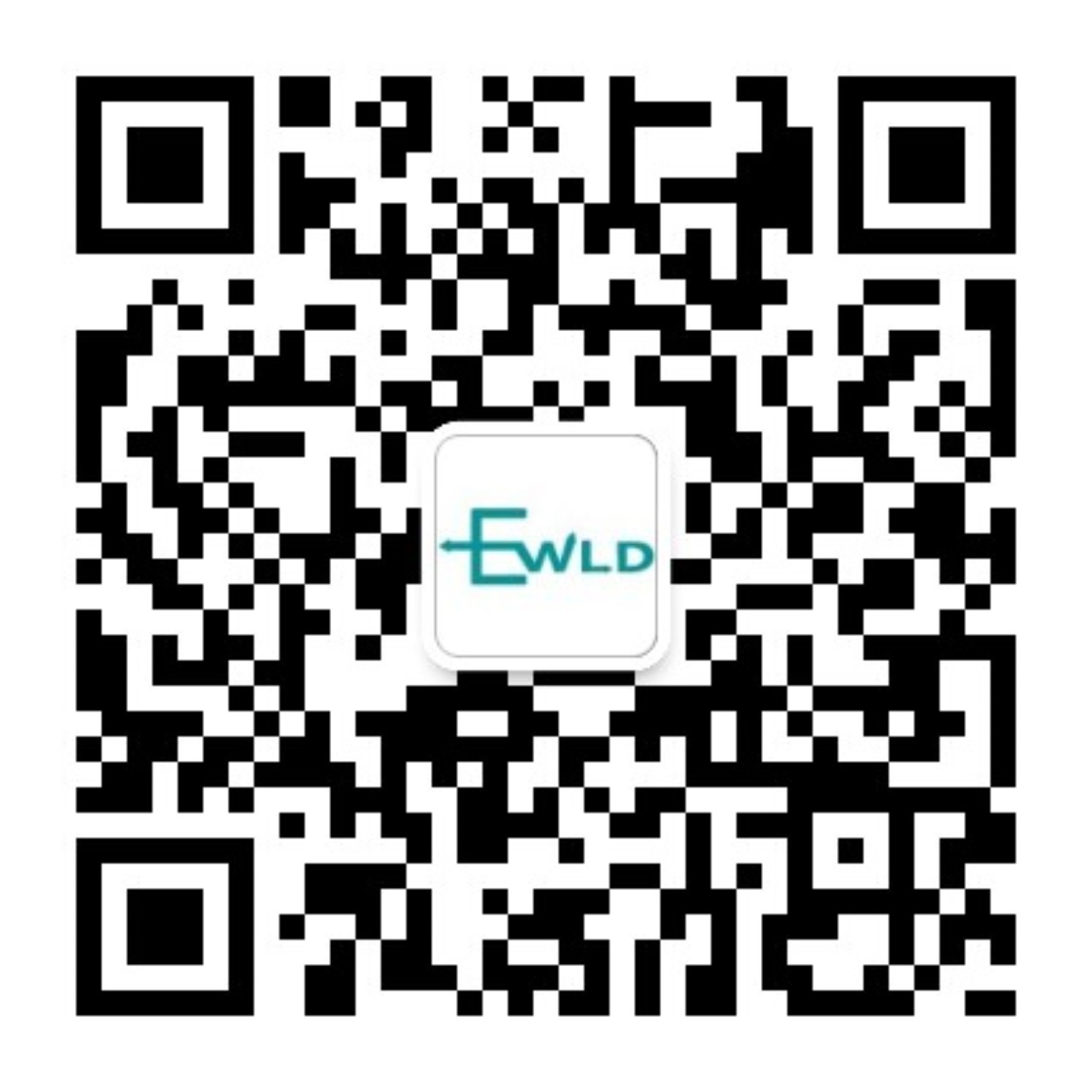Data from the China Automotive Technology and Research Center shows that the cumulative retirement volume of power batteries in China was approximately 200,000 tons in 2020, and it is expected to reach 780,000 tons by 2025. In addition to power batteries that are directly scrapped, a large number of power batteries from new energy vehicles and forklifts are also being retired. These retired batteries, with a remaining capacity of less than 80% of the rated value but still usable, have the value of second - life utilization. Therefore, second - life utilization has been put on the agenda. You can learn more about the relevant background information in the Energy - Saving Classroom section of
www.pewld.com.
For power batteries that are not completely damaged, second - life utilization can be carried out. Through battery inspection, maintenance, and modification, they can be reused in fields such as electric vehicles and energy storage systems, achieving the goals of resource reuse and conservation. We have detailed the processes and technologies of second - life utilization on our website, enabling users to clearly understand how to turn retired batteries into valuable resources.
For severely damaged and irreparable power batteries, disassembly and recycling are required. The batteries are decomposed into various components, such as battery cells, circuit boards, and metal casings, and then classified for recycling. You can view the specific steps and environmental significance of disassembly and recycling on
www.pewld.com, helping users recognize the importance of resource recycling.
Some 废旧 power batteries may contain a large amount of harmful substances, such as sulfuric acid and hydrofluoric acid. To avoid harm to the environment, chemical treatment is necessary to safely handle these harmful substances and achieve environmental protection goals. Our website has dedicated content explaining the necessity and operating specifications of chemical treatment, contributing to environmental protection efforts.
The second - life utilization of retired power batteries can extend battery life, fully exploit their remaining value, promote the consumption of new energy, relieve the current recycling pressure caused by the large volume of retired batteries, reduce the industrial costs of electric vehicles, and drive the development of the new energy vehicle industry. It is predicted that by 2025, the retirement volume of lithium - ion power batteries in China will exceed 730,000 tons, and 70% of them can be used in a second - life capacity, with a market scale exceeding 20 billion yuan. In the industry analysis section of our website, we provide users with detailed market data and prospect forecasts to help them grasp industry trends.
In response to the issue of second - life battery treatment, Wenlida Power Electronics has launched a new second - life battery solution on the website: Utilizing the whole battery pack to reduce costs without the need for disassembly, making full use of the original BMS (Battery Management System); One - cluster - one - management. Due to the fact that second - life batteries come from different vehicles, manufacturers, usage environments, usage statuses, and capacities, resulting in poor consistency of power batteries, the one - cluster - one - management approach mainly addresses the issues of poor consistency of second - life batteries and circulating currents between battery clusters; An active fire protection system for safety, which solves problems such as combustion and explosion of battery packs and effectively prevents fires. If you are interested in second - life batteries, welcome to visit
www.pewld.com for in - depth understanding.










